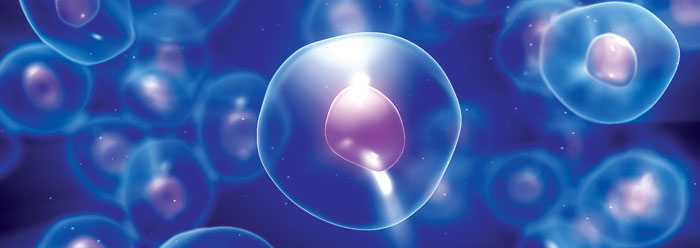The Institute for Creation Research life sciences team is currently exploring several key research questions in origins biology. The first and second concern the nature and meaning of taxonomy (the classification of animals), and the limits of common ancestry and the meaning of the Hebrew word for kind.1 The third question addresses the limits to biological change.
How much biological change does the Bible permit? Genesis 1 clearly teaches that God created distinct kinds of creatures and that these creatures did not originate via the slow and gradual process of evolution. Furthermore, the genealogies in Genesis and elsewhere in Scripture indicate that this creative act took place in the recent past--less than 10,000 years ago--and not billions of years ago. But living creatures today clearly change and can be forced to change via human-controlled breeding schemes. How much can the kinds of Genesis 1 be changed?
Genesis 6-7 clearly teaches the existence of a limit to biological change. In these two chapters, God commands Noah to bring onto the Ark two of every kind (same word as in Genesis 1) of land-based creature for the purpose of preserving the seed (KJV) of each kind--seed is used elsewhere in Scripture to denote offspring. This statement implies that: 1) If a kind failed to board the Ark, the kind would not have seed in the post-Flood world and would therefore become extinct; 2) hypothetically, if one kind of creature failed to make it on the Ark and, therefore, went extinct, the fact of extinction implies that no amount of change to the existing "kinds" (that made it on the Ark) could regenerate the lost "kind" since the seed (offspring) would have been permanently lost. Thus, there is a limit to biological change--kinds cannot be changed into other kinds.
These biblical observations raise an important research question: Biologically, what stops the interconversion of kinds? How has God hard-wired this mechanism into the biological fabric of each creature?
At this time, the research team is reviewing the literature to identify testable hypotheses on where the limit to change may be found. We suspect that the limit might be found in the developmental biology of various creatures, for the following reasons:
- The word kind likely correlates with morphology (outward characteristics). The word kind itself may denote morphology (see "Common Ancestry and the Bible," referenced below, for a discussion of the meaning of the word kind). But even if it denotes reproductive limits (i.e., "reproduce after their kinds"), there is an obvious correspondence between inherited genotype (genetics) and phenotype (visual appearance).
- Multi-cellular creatures rebuild their morphology from a single cell every generation--the process of forming gametes (reproductive cells like sperm and egg) erases the unique morphology of each creature only to rebuild it again after fertilization.
- Thus, developmental biology programs control morphology.
- Thus, to change morphology, the developmental program must be changed.
- Thus, the limit to morphological/biological change will likely be found in the developmental programs specifying how each creature appears. Nevertheless, this logic represents one of many hypotheses--we are actively investigating this question further.
The existence of a limit to biological change raises another question: Where did all the biological variation in creatures we see today come from? That will be the next key topic explored by the ICR life sciences team.
Reference
- See Jeanson, N. 2010. New Frontiers in Animal Classification. Acts & Facts. 39 (5): 6; and Jeanson, N. 2010. Common Ancestry and the Bible--Discerning Where to Draw the Line. Acts & Facts. 39 (6): 6.
* Dr. Jeanson is Research Associate and received his Ph.D. in Cell and Developmental Biology from Harvard University.
Cite this article: Jeanson, N. 2010. The Limit to Biological Change. Acts & Facts. 39 (7): 6.










